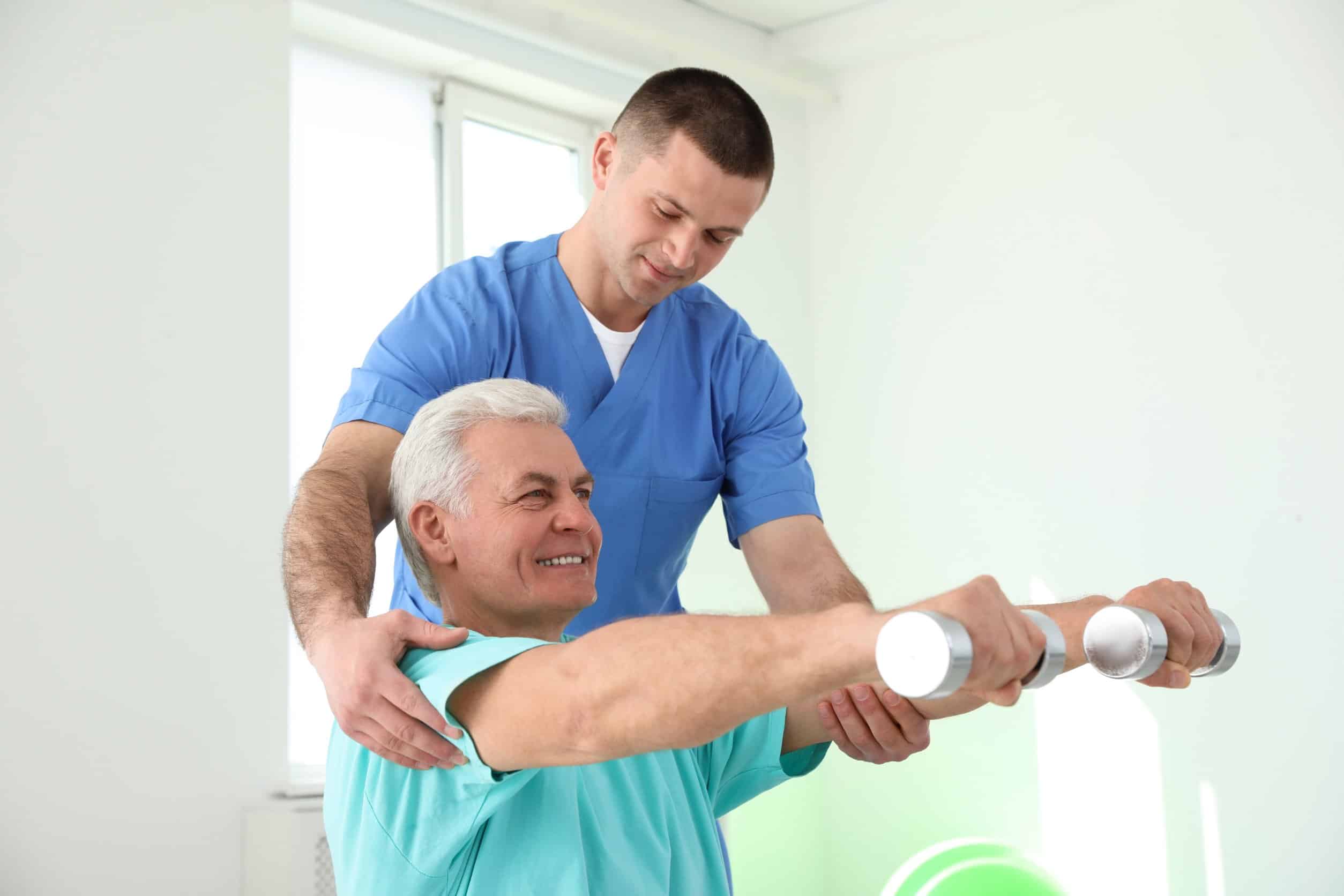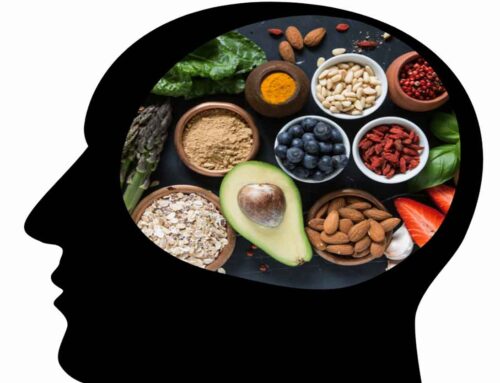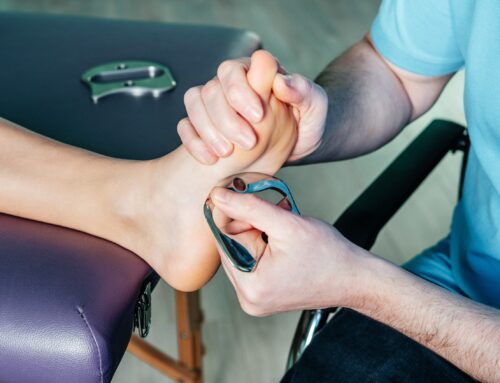What to expect as you recover
Stroke rehabilitation is a program of different therapies designed to help you relearn skills lost after a stroke. Depending on the parts of your brain affected by the stroke, rehabilitation can help with movement, speech, strength and daily living skills. Stroke rehabilitation can help you regain independence and improve your quality of life.
There’s a wide range of complications from stroke — and how well each person recovers afterward. Researchers have found that people who participate in a focused stroke rehabilitation program perform better than most people who don’t have stroke rehabilitation. Therefore, stroke rehabilitation is recommended for all people affected by stroke.
What’s involved in stroke rehabilitation?
There are many approaches to helping people recover from stroke. But overall, rehabilitation is centered around specifically focused and repetitive actions — practicing the same thing over and over again. Your rehabilitation plan will depend on the part of the body or type of ability affected by your stroke.
Physical activities might include:
- Motor-skill exercises. Exercises can help improve muscle strength and coordination throughout the body. These can include muscles used for balance, walking and even swallowing.
- Mobility training. You might learn to use mobility aids, such as a walker, canes, wheelchair or ankle brace. The ankle brace can stabilize and strengthen your ankle to help support your body’s weight while you relearn to walk.
- Constraint-induced therapy. An unaffected limb is restrained while you practice moving the affected limb to help improve its function. This therapy is sometimes called forced-use therapy.
- Range-of-motion therapy. Certain exercises and treatments can ease muscle tension (spasticity) and help you regain range of motion.
Technology-assisted physical activities might include:
- Functional electrical stimulation. Electricity is applied to weakened muscles, causing them to contract. The electrical stimulation may help reeducate your muscles.
- Robotic technology. Robotic devices can assist impaired limbs with performing repetitive motions, helping the limbs to regain strength and function.
- Wireless technology. An activity monitor might help you increase post-stroke activity.
- Virtual reality. The use of video games and other computer-based therapies involves interacting with a simulated, real-time environment.
Cognitive and emotional activities might include:
- Therapy for cognitive disorders. Occupational therapy and speech therapy can help you with lost cognitive abilities, such as memory, processing, problem-solving, social skills, judgment and safety awareness.
- Therapy for communication disorders. Speech therapy can help you regain lost abilities in speaking, listening, writing and comprehension.
- Psychological evaluation and treatment. Your emotional adjustment might be tested. You might also have counseling or participate in a support group.
- Medication. Your doctor might recommend an antidepressant or a medication that affects alertness, agitation or movement.








